Cone flowers are a disaster!
Sheil
19 years ago
Related Stories
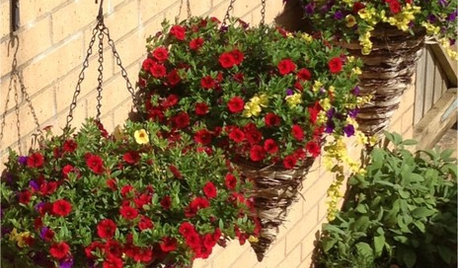
CURB APPEALCrazy for Colorful Cones: 5 Container Plantings Beyond the Bowl
Give even a small garden an exuberant vibe with hanging cones overflowing with blooming beauties
Full Story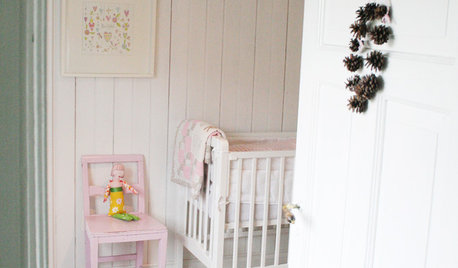
Pine Cones: Not Just for Christmas
These natural treasures from the trees testify to Mother Nature's eye for great design
Full Story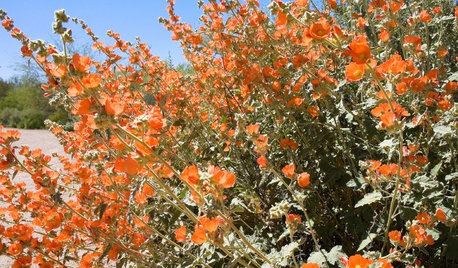
GARDENING GUIDESWarm Up Your Garden With Orange Flowers
Hummingbirds and butterflies are not the only ones who will notice when you introduce a blaze of orange into your garden
Full Story
GARDENING GUIDES10 Deer-Resistant Native Flowers to Plant This Fall
Learn about natives that embrace some kinds of wildlife but resist grazing deer
Full Story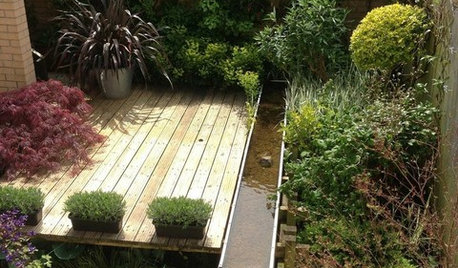
LANDSCAPE DESIGNSee Chelsea Flower Show Ideas Flourishing in a Real Backyard
Can trends in high-design show gardens translate to everyday yards? The proof is in the plantings
Full Story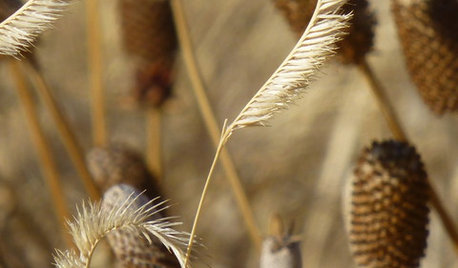
FALL GARDENINGAutumn’s Spent Flowers Enrich the Off-Season
The garden season never ends when you think beyond summer blooms
Full Story
ENTERTAININGEye-Catching Centerpieces Beyond Flowers and Fruit
Use your imagination to create a tableau that reflects your surroundings, creates dramatic tension or elicits surprise
Full Story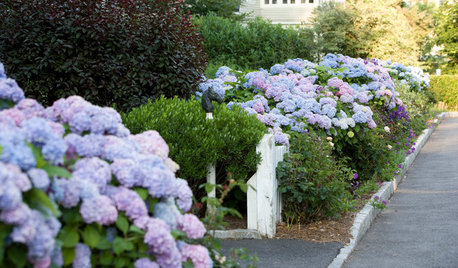
FLOWERSWhy You Should Give Hydrangeas a Place in Your Yard
The exuberant mop-headed beauties evoke dreams of an endless summer by the sea
Full Story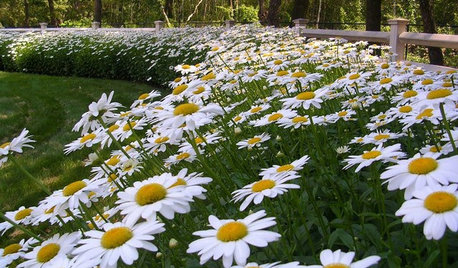
GARDENING GUIDESMix or Mass Daisies for Two Great Garden Looks
The classic daisy looks equally beautiful massed in borders or mixed throughout a naturalistic planting. Which look suits your style?
Full Story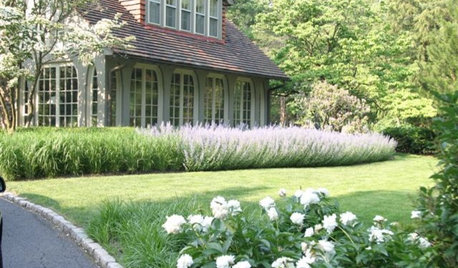
FLOWERSKeep Your Garden on Point With Spikes of Purple
Tall purple blooms bridge color gaps, contrast round flower forms and make for intriguing masses in the landscape
Full StorySponsored
Most Skilled Home Improvement Specialists in Franklin County
More Discussions







veronicastrum
Oswegian
Related Professionals
Surprise Landscape Architects & Landscape Designers · Buford Landscape Contractors · Mooresville Landscape Contractors · Clayton Landscape Contractors · Dixon Landscape Contractors · Lewisville Landscape Contractors · Oklahoma City Landscape Contractors · San Pedro Landscape Contractors · Seven Hills Landscape Contractors · Spring Landscape Contractors · Washington Landscape Contractors · West Coon Rapids Landscape Contractors · Bensenville Landscape Contractors · Glenview Driveway Installation & Maintenance · East Providence Driveway Installation & MaintenanceBraveland4H
Oswegian
SheilOriginal Author
leaveswave
Oswegian
leaveswave
Oswegian
leaveswave
Oswegian
Oswegian
hengal
leaveswave
Oswegian
cantstopgardening
leaveswave
leaveswave
leaveswave
loveterrariums
Lenny2